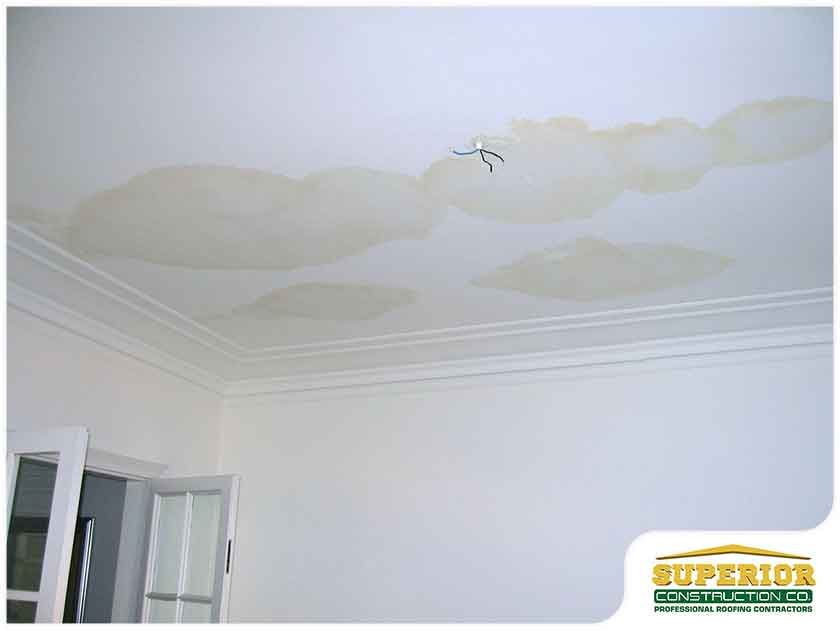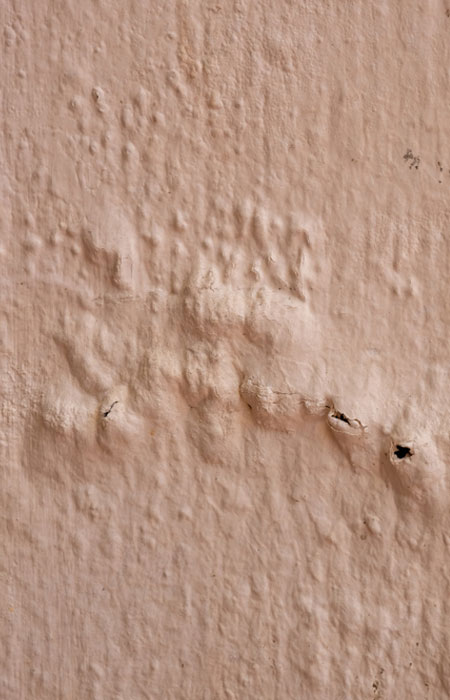Professional Advice for Fixing Water Stains on Walls: Checks
Professional Advice for Fixing Water Stains on Walls: Checks
Blog Article
Nearly everybody is bound to have their own rationale when it comes to How to Remove Water Stains from Walls and Ceilings.

Water spots on wall surfaces are not pleasurable to the eyes. Your residence must lack discolorations on the wall surfaces, roof covering, or floorings. That is the suitable state of a house as well as its structures. Sometimes it seems virtually unpreventable to experience water spots on wall surfaces in houses.
Homeowners residing in humid regions constantly deal with the worry of water stains on walls. That doesn't have to be the case for you. With all-around and accurate details on the reasons for water stains and also timely repair work processes, you will certainly always be a step ahead of such events. This article assures to be a handy guide for you.
3 Usual Sources Of Water Discolorations on Wall Surfaces
Unlike common belief, water discolorations on wall surfaces do not constantly stem from poor building materials. There are a number of reasons for water spots on wall surfaces. These consist of:
Moist
When warm wet air meets completely dry chilly air, it triggers water beads to base on the walls of buildings. When there is steam from cooking or showers, this occurs in restrooms as well as kitchen areas. The water beads can tarnish the surrounding walls in these parts of your home and spread to various other locations.
Moist or condensation influences the roofing system as well as wall surfaces of structures. When the wall surface is wet, it creates an appropriate setting for the development of microbes and fungi.
Poor Drain
When making a structure strategy, it is critical to ensure sufficient drain. This will prevent water from leaking into the walls. Where the drain system is blocked or missing, below ground dampness accumulates. This links to excessive wetness that you notice on the walls of your building.
The leading cause of wet walls, in this case, can be a poor drainage system. It can also be due to bad administration of sewage pipes that run through the building.
Pipeline Leaks
Many houses have a network of water pipes within the wall surfaces. It constantly boosts the practicality of such pipes, as there is little oxygen within the walls.
Yet, a disadvantage to this is that water leakage influences the wall surfaces of the building and causes prevalent damages. An indication of faulty pipelines is the appearance of a water discolor on the wall.
Pro Suggestion
A houseplant in your home also increases its moisture. If the home is already humid, you might desire to introduce houseplants with marginal transpiration. An instance of suitable houseplants is succulents.
Water Discolorations on Wall Surface: Repair Tips
Home owners would typically desire a quick fix when taking care of water stains. They would certainly soon recognize this is counterproductive as the water discolorations repeat. Here are a couple of valuable tips that will certainly assist you in the repair of water discolorations on walls:
Final thought
Although no one wishes to have water stains on walls in their house, it can take place to the very best people. This post offers you take advantage of, as you currently know exactly how to manage this problem if it does occur.
It is constantly best to recruit expert solutions to aid fix the damages in your home.
Often it appears virtually inescapable to experience water spots on wall surfaces in residences.
In contrast to preferred idea, water stains on walls do not always stem from poor building materials. There are several reasons of water discolorations on walls. The water droplets can discolor the bordering wall surfaces in these parts of your house as well as spread to various other locations.
Here are a few practical pointers that will direct you in the repair service of water discolorations on wall surfaces:
CHECKING FOR WATER DAMAGE
Water damage can be costly, and it may begin before you even notice the first signs of trouble. Water damage can cause mold and mildew in your walls and floors, which can create an abundance of health concerns for your family. It can also lead to costly repairs of various appliances and general home fixtures. To avoid the pricey consequences of water damage, here are Warner Service s top 5 places you should check:
The walls The easiest place to spot the beginnings of water damage is on the walls and ceilings of your home. If water damage is present, there will most likely be water stains, especially around the windows and doorframes, and/or cracks in the drywall. If a stain looks unusual (discolored to brown, black or gray, raised texture), has a swollen appearance or is soft to the touch, contact a professional immediately. The pipes To avoid water damage, consistently check the pipes in your kitchen (especially the dishwasher and ice maker), bathrooms, laundry room (specifically washing machines) and basement for corrosion, leaks and water stains. Pay special attention to where the pipes connect in your home and the location of caulking around the bathroom fixtures, including toilets, sinks, showers and tubs. Missing or loose caulking and grout could be signs of leaking water. This seepage can also quickly cause mold and rust, so double check your water heater and tank for wet spots on the floor. The floor Water damage is very easy to spot on the floor. Look for any warping or buckling of the material, especially in the basement. If your home has wood flooring, look for bright white or dark stains. If your home has carpeting, keep it dry and clean. A damp carpet that smells of mold could cause water damage and health problems. To avoid this, consider installing floor pans under your appliances to help prevent damages from small, slow and undetected leaks. The basement and attic If your basement or attic smells odd check for mold and mildew around the area, especially the valley where the roof meets. While you are inspecting those areas, check for wall cracks, floor stains, rust and dampness in the insulation. If you live in a colder and/or rainier climate, perform routine checks for water damage from melting snow or ice and rain. The exterior Check the roof for damaged flashing and missing, cracked or curled shingles. There should also be no standing water anywhere outside your home. This could be caused by puddles, leaky rain gutters or hoses, poor drainage, or short gutter spouts. Invest in a sump pump system or water flow monitoring system, and perform routine maintenance on these outdoor appliances to avoid indoor water damage.

I am just very interested by How to Find and Repair Water Leaking in the Wall and I am hoping you liked my page. Sharing is caring. You won't know, you may just be helping someone out. I enjoy reading our article about How to Find and Repair Water Leaking in the Wall.
Call Today Report this page